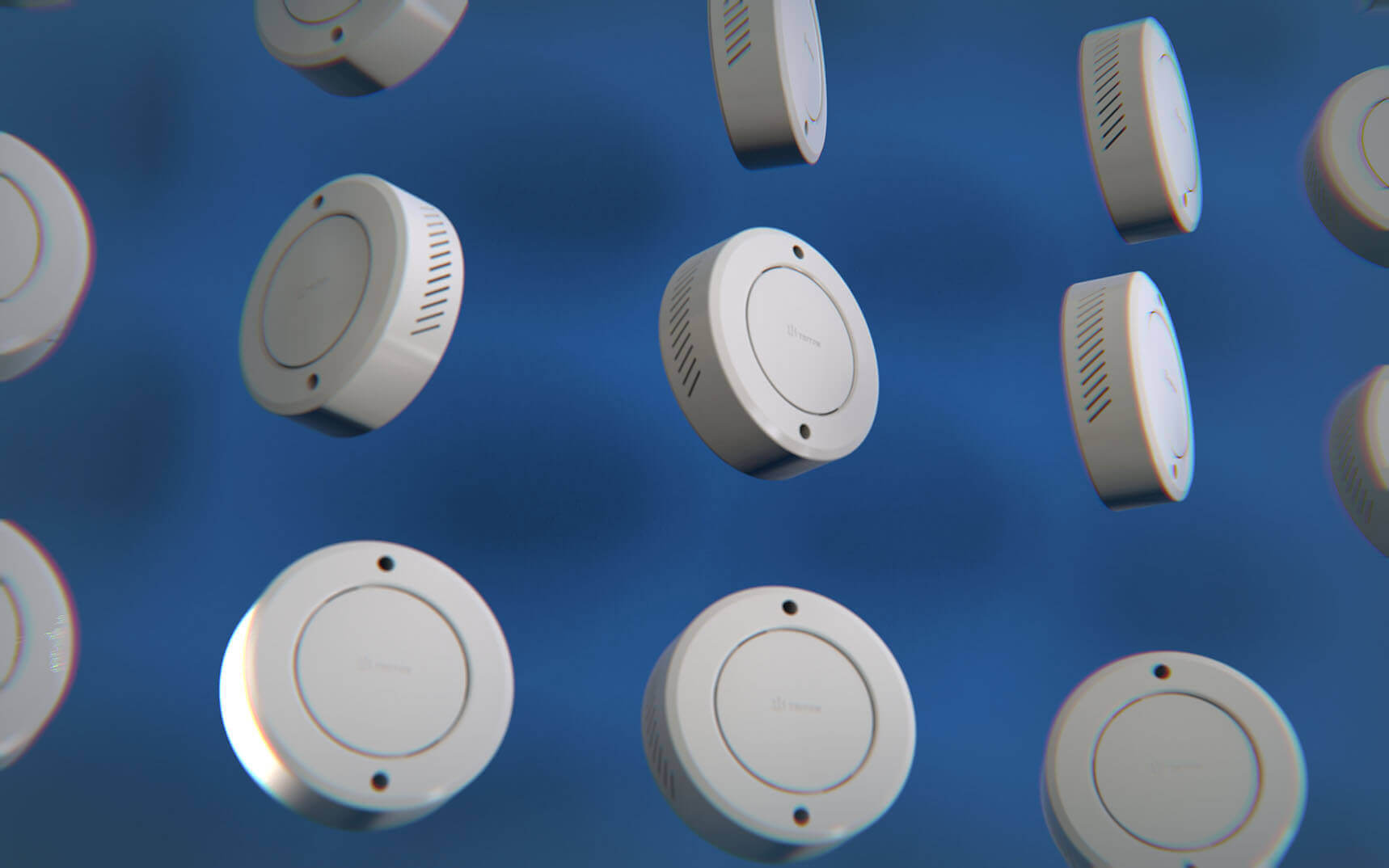In the past, e-cigarettes seemed to be unstoppable in schools. Between classes, students slipped into the bathrooms where THC and flavored nicotine vapors were unnoticeable. Teachers and administrators felt powerless until districts began turning to a new line of defense: the vape detector.

Today, schools all over the nation are sharing huge success stories that show how this technology can transform the vaping crisis.
A Case Study: Cutting the amount of vaping by 83% over 10 Weeks
Luling Independent School District faced a serious vaping problem. Students continued to vape in spite of repeated warnings and a stricter policies. Smoke alarms aren’t effective against vapor. The staff was not everywhere.
For a test, the district installed vape detectors at schools in March. The results were astonishing. The frequency of vaping decreased significantly in just five weeks. In the last 10 weeks, vaping had declined by 83%..
Administrators saw success beyond the numbers. Teachers reported less disruptions and students began to understand that smoking cigarettes would not go unnoticed.
Similar Achievements Similar Success Match Charter Schools
Match Charter Schools is another effective example. They struggled to reduce vaping at high and middle schools. They put in place a set of vape smoke alarms in August and immediately saw improvements.
Administrators said that vaping incidents on a weekly basis have decreased by more than 80% in December. Parents were pleased with the school’s efforts in taking concrete steps to protect students, while teachers noticed a clear reduction in bathroom and hallway crowding.
These two districts illustrate what is now a rising tendency: schools that implement vape detection see measurable improvements in their behavior and overall security.
What makes vape detectors effective?
The technology that is behind the results is the reason they are possible. Vape detectors of today don’t simply detect vapor, but it also tracks air quality it monitors occupancy, and gives staff real-time notifications. Administrators do not have to rely upon guesswork or reports that are made up of data that was gathered after the fact.
In addition is that detectors are made with privacy in mind. No cameras. No audio recording. Just accurate, instant data that aids schools in implementing swift actions without violating student rights.
Vape detectors are one of the most reliable safety tools schools use today. They combine effectiveness with compliance.
Beyond Vaping: A Wider Safety Net
Many administrators are aware that vaping detectors go far beyond prevention. Modern systems can detect loud noises and even keywords that are linked to emergency situations. They are able to detect vandalism.
The detector can alert staff in the event that, for instance students start lingering around toilets. Staff members can be alerted instantly if someone shouts “help” or any other distress keyword. Smoke detectors in schools could be part of a bigger plan to deal with both dangers to health and violence.
Why Boards and parents support Vape Detectors
Transparency is an advantage that’s often left unnoticed. The use of detectors at schools is able to produce reports that reveal clearly the trends in smoking. These reports can be shared with schools, community groups as well as parents to prove that actionable steps are being taken.
Parents, particularly, are more than happy when they see measurable results. A vape smoke detector isn’t just a way to catch students, it’s protecting their health and reinforcing the message that vaping has no place in schools.
What should you take away What you should take away: A proven way forward
Vaping was a battle that seemed to be invisible to the schools for a number of years. Case studies from across country prove this not true. Administrators are able to spot incidents and discourage risky behaviors in real-time with a vape detector. This helps create a safer environment for students.
The vaping epidemic is not over yet, but there is some signs of a change. Schools that are investing in vape detection technology aren’t simply reacting to an issue; they’re also leading the way towards a healthier future.
Conclusion
Schools across Texas and Massachusetts have proven that technology can work. Modern vape detectors can do more than simply sound an alarm. They can alter behaviour they build trust and offer a long-lasting solution for today’s most significant health issue for students. Vape detectors in schools are not an trial for any district which is concerned about student safety. They’re the norm now.
